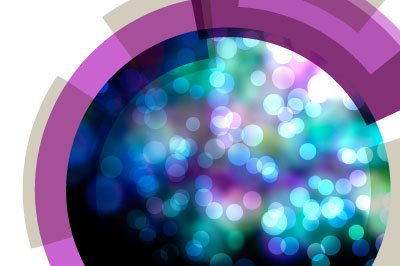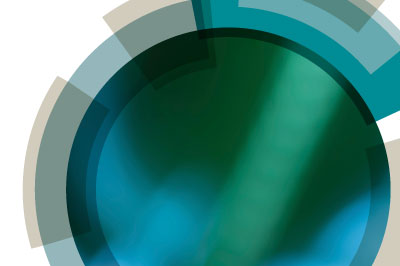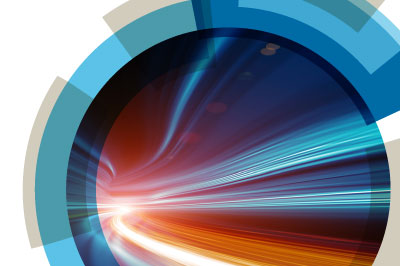Call for HTMGI Questions
We are calling for “how to make good imprinting (HTMGI)” questions for the Open Forum. You can click the link on the right of this section to submit your proposed quesions. For more information about this calling and some example questions, please refer to the "Registration" section (scrolling down) on this page.
Introduction
Molecular imprinting technology (MIT) has emerged as an important biomimetic molecular recognition methodology that allows for the rational development of antibody and enzyme alternatives for many applications. 2022 is the 50th anniversary of MIT.Although molecularly imprinted polymers (MIPs) have found many applications in important areas such as separation, sample treatment and sensing, biomedical applications pose the largest challenges to the MIT due to the features of biological systems such as complex composition, severe interference, dynamic changes and so on. In recent decades, a large variety of MIPs have been developed for challenging biomedical applications, including disease diagnosis, cancer therapy, bioimaging, toxin neutralization, viral inhibition, and so on. Particularly, as a biomimetic solution, nanoscale MIPs (nanoMIPs) have exhibited unique strengths in these biomedical applications.
To celebrate the 50th anniversary of MIT and to facilitate the development of MIPs for biomedical applications, the Society of Molecular Imprinting, the Royal Society of Chemistry, and Nanjing University are going to jointly organize an on-line symposium, International Symposium on Molecular Imprinting Technology for Biomedical Applications 2022 (Biomed MIT 2022), September 26-28, 2022.
Themes
- Advanced imprinting techniques with excellent recognition properties
- Integration of MIPs with advanced nanomaterials for multi-functions or multi-responsive bio-applications
- MIPs for biomedical applications (-omics, life science studies, disease diagnosis, cancer therapy, viral inhibition, and so on)
- Non-imprinting biomimetic recognition for biomedical applications
- Rational development of MIPs for other greatly challenging applications
Sessions
- Plenary lectures
- Oral lectures (Keynote, invited and oral talks)
- Youth Forum (Presentation competition of young scientists)
- Open Forum (Free discussion)
Honourary Chairs
- Günter Wulff, Heinrich-Heine-Universität, Germany
- Klaus Mosbach, Lund University, Sweden
Chair
- Zhen Liu, Nanjing University, China
Scientific Advisory Board
- Kenneth J Shea, Univ. California Irvine, USA
- Michael J Whitcombe, University of Leicester, UK
- Sergey Piletsky, University of Leicester, UK
- Börje Sellergren, Malmö University, Sweden
- Karsten Haupt, University of Technology Compiègne, France
- Lei Ye, Lund University, Sweden
- David Spivak, Louisiana State University, USA
- Ian Nicholls, Linnaeus University & Univ. Uppsala, Sweden
- Meiping Zhao, Peking University, China
- Andrew J Hall, Medway School of Pharmacy, UK
- Juewen Liu, University of Waterloo, Canada
- Claudio Baggiani, University Turin, Italy
- Alessandra Bossi, University Verona, Italy
- Bernadette Tse Sum, University of Technology Compiègne, France
- Yan Zhao, Iowa State University, USA
- Clovia Holdsworth, Univ. Newcastle, Australia
- Guangqun Song, Royal Society of Chemistry (RSC)
- Zhen Liu, Nanjing University, China
Organising Committee
- Zhen Liu, Nanjing University, China
- Kaiguang Yang, Dalian Institute of Chemical Physics, Chinese Academy of Sciences, China
- Rui Zhao, Institute of Chemistry, Chinese Academy of Sciences, China
- Huiqi Zhang, Nankai University, China
- Zihui Meng, Beijing Institute of Technology, China
- Guoqing Pan, Jiangsu University, China
- Linxin Chen, Yantai Institute of Coastal Zone Research, Chinese Academy of Sciences, China
- Justin Xu, Royal Society of Chemistry (RSC)
- Xiantao Shen, Huazhong University of Science and Technology, China
- Shuangshou Wang, Anhui University of Technology, China
- Qianjin Li, Nanjing Normal University, China
- Rongrong Xing, Shanxi Medical University, China
- Hui He, Nanjing University, China









